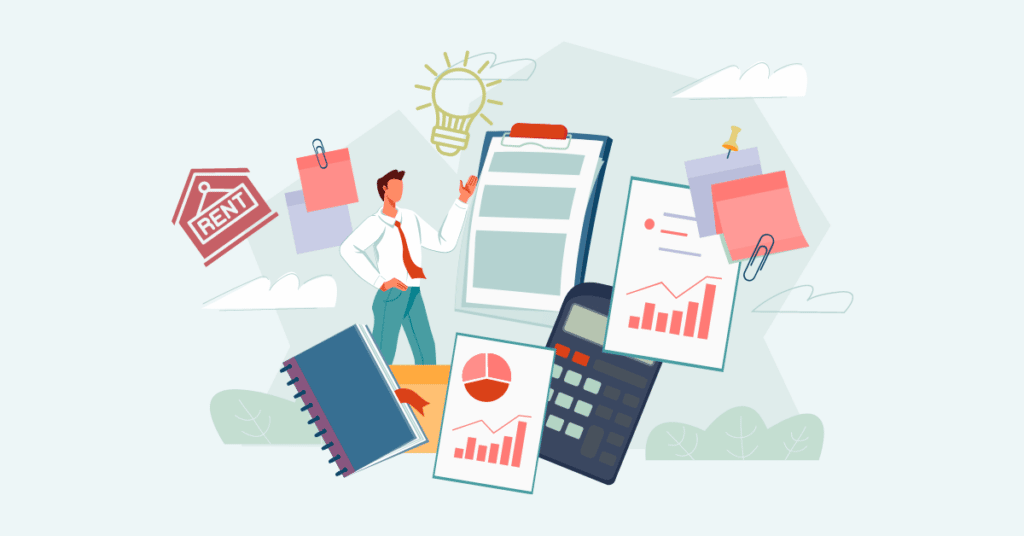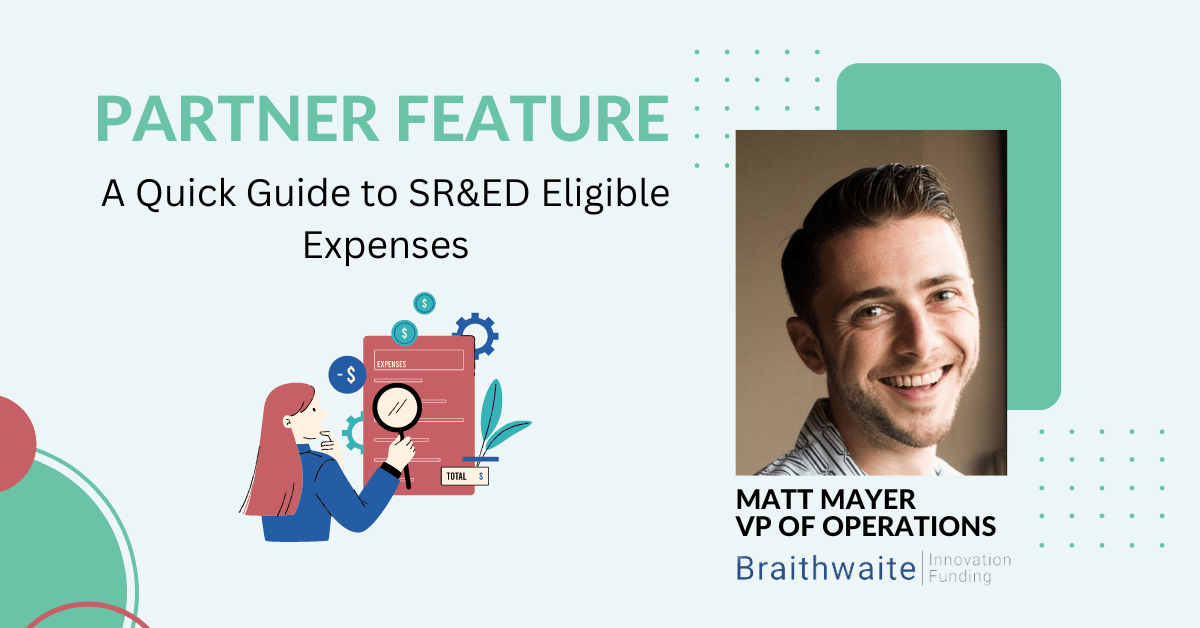Reading time: 5 minutes.
General and administrative (G&A) expenses are the day-to-day costs associated with running a business. Everything from the wages you pay your administrative staff to the rent for your office space count as a G&A expense. Although your business might not tie G&A expenses to a specific function or department of your company, these general expenditures help keep the lights on and your organization operational. They also equip you with the necessary resources to take on new projects and grow.
Some examples of G&A expenses include:
- Utilities like water or heat
- Business or property insurance premiums
- Administrative, HR, or management staff wages
- Legal fees
- Telephone and internet bills
- Cleaning fees
- Office supplies and furniture
G&A expenses are vital to the health of your business, but spending too much on them can lead to trouble with cash flow. Since most G&A expenses are fixed costs, you’ll need to pay them whether you’re making money or not. If you don’t have the revenue coming in to foot the bill, your company could run into trouble: 64% of Canadian small businesses have run into cash flow problems during their lifespan.
While G&A expenditures are essential for daily business operations, regulating them is key to staying in good financial shape. Late payments, seasonal swings in sales, and inflation can all put a strain on your cash flow. However, there are plenty of ways to prepare for these challenges and keep your G&A expenses in check.
How to Measure G&A Expenses: the Business Efficiency Ratio
Calculating your G&A spend as a portion of revenue is the easiest way to measure your firm’s efficiency. To do this, use the business efficiency ratio:
(General & Administrative Expenses/Revenue) x 100
G&A Meaning
In this equation, G&A expenses include only the constant cash outflows involved in running your business during the defined period. Utility bills, insurance premiums, rent, internet, or office supplies all represent the actual cost of your business operating at that time.
One-off expenses like large legal bills or licensing fees should be excluded from this calculation. Other expenses, like the depreciation on your office furniture, are something to include.
Revenue Meaning
Use the overall revenue your business earned during the same time frame for this calculation, whether or not you’ve been paid. Although late payments from customers are a common cause of a cash flow crunch, the business efficiency ratio is designed to show the big picture. Using overall revenue helps you see how efficiently your company runs as a whole (although if you’re having trouble collecting from customers, you might want to run the accounts receivable turnover ratio as well!)
How to Use the Business Efficiency Ratio
The business efficiency ratio gives you a percentage that can be used to compare your business to others in the industry as a whole. Both G&A and revenue are meaningful indicators of a company’s health. However, if you’re a start-up looking at competitors in your space, this data is hard to access unless they make their financials public.
One of the best ways to measure your company’s progress is by using the business efficiency ratio calculation. Generally, the higher the percentage, the less your business’s cost-effectiveness. Even within specific industries (like technology), the ratio of G&A expenses to revenue can vary as much as 4-8%. However, a high business efficiency ratio doesn’t necessarily mean a cash flow problem. Companies that spend money researching and developing a product before bringing it to market may have a poor ratio that improves dramatically over time.
Conversely, the opposite can also be true. A business with considerable revenue and a high initial overhead spend can find itself in a pinch later in its life cycle if it hasn’t operated cost-effectively. In general, it’s a good idea to run financial ratios every quarter. This allows you to track your progress over time, catching any overspending before it gets out of hand.
How to Manage Operating Expenses in Scale-Ups and Start-Ups
Keep G&A Expenses Lean from the Start
It’s crucial to regulate G&A expenses from the start to protect your company’s financial health. No matter how much revenue you earn, Fixed costs will occur, so shopping around for insurance, picking a location with a lower rent, or being careful of how much you spend on payroll makes a big difference. Company culture, benefits, and pay is important but shouldn’t come at the cost of your continued operations and profitability. The Government of Canada has a database of employee salaries by industry to help businesses offer the correct wage.
Track All Costs (No Matter How Small)
Costs not directly associated with the sale of a product can slip through the cracks. What happens when an employee needs a new keyboard or mouse? Who will expense the purchase of coffee and donuts for a large meeting? What happens when the microwave in the staff kitchen needs to be replaced? Some of these are one-off situations, but thinking through the ‘what ifs’ of G&A expenses helps create a process that works for you and your staff. Review expenses regularly, and avoid using cash or other methods of payment that are hard to track.
Get Funding to Improve Cash Flow
No matter how carefully you manage your expenses, cash crunches can happen. Whether you’re just getting started, scaling up, or expanding into new markets, funding can help you access the cash flow you need.
Some funding options, like SR&ED financing, are available to help recover your R&D costs more quickly and free up cash for day-to-day operational needs. While large expenditures into R&D might pay off in the future, they can put an immediate strain on meeting your present operating costs. With this immediate cash flow, you can continue to make long-term investments in your business without sacrificing the ability to meet your short-term needs.




